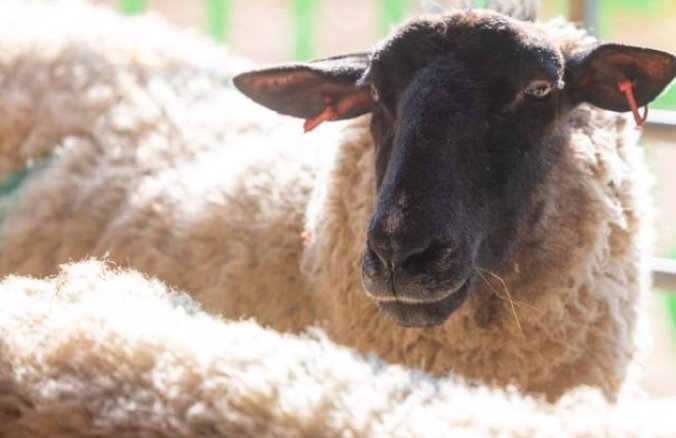A Scottish livestock farmer has suffered a devastating loss after a deadly virus wiped out more than half of his newborn lambs. With new disease threats emerging, farmers across the country fear they could be next.
Deadly Virus Hits Ayrshire Farm Hard
Michael Goldie, a fifth-generation sheep farmer in Dundonald, Ayrshire, expected 152 lambs this season. Instead, Schmallenberg virus claimed up to 92 of them. The virus, previously rare in Scotland, has made an alarming resurgence, leaving farmers on edge.
“It was like a bomb going off,” Michael said. “One day, things looked normal, and the next, lambs were being born deformed or dead.”
He called a vet when he noticed newborns struggling. Soon, more arrived with twisted limbs and underdeveloped muscles. Some couldn’t even hold their heads up. The financial toll is in the tens of thousands, but the emotional strain is worse.

Growing Threats to Scottish Farmers
Scotland’s chief vet, Sheila Voas, warns that Schmallenberg is just one of many threats lurking. With climate change shifting disease patterns, experts believe more infections will follow.
“We’ve always had health issues in farming,” Voas said. “But right now, it feels like there are just too many at once.”
Some of the biggest concerns include:
- Bluetongue Virus: More than 200 cases have been recorded in England since 2023, and the disease is creeping north.
- Avian Flu: An outbreak in January led to strict biosecurity measures for poultry farmers.
- Liver Fluke: A parasite spreading through mud snails, leading to sudden livestock deaths.
- BSE (Mad Cow Disease): A single case in Dumfries and Galloway prompted culls.
These diseases can spread through midges, water, and even imported animal products. Farmers are being urged to remain vigilant.
Disease on the Move: How Climate Plays a Role
Scotland was once considered too cold for diseases like Bluetongue. Now, warming temperatures have created ideal conditions for virus-carrying midges. Strong winds can blow infected insects from mainland Europe to the UK in hours.
Unlike Schmallenberg, Bluetongue doesn’t just harm lambs—it can kill fully grown sheep and cattle. That makes it an even bigger concern for farmers already struggling with losses.
High-Tech Monitoring Aims to Help
To combat these rising threats, Scotland’s Rural College (SRUC) is turning to technology. They’ve developed an app called HerdPlan, designed to replace paper-based health tracking on farms.
Farmers can now:
- Log vaccination records instantly
- Monitor disease outbreaks in real time
- Share data with vets and nutritionists for faster action
This tool is expected to improve early detection, potentially saving farmers thousands in losses.
Post-Mortem Testing: A Critical Line of Defense
Another key strategy in disease control is post-mortem testing. SRUC vets conduct about 1,400 animal autopsies per year, helping farmers understand what’s killing their livestock.
Head of veterinary surveillance, Dr. Pamela Johnston, stresses its importance. “If we can pinpoint a disease early, we can contain it before it spreads,” she explained. “It’s absolutely vital.”
Many farmers hesitate to send animals for testing, fearing bad news. But experts say early detection is the only way to stay ahead of outbreaks.
Preparing for the Next Wave
Despite his devastating loss, Michael Goldie’s flock has developed antibodies, offering some protection. Still, with Bluetongue and other threats looming, he knows the fight isn’t over.
“The worst part is the uncertainty,” he said. “You can do everything right and still wake up to disaster.”
Scotland’s chief vet believes Bluetongue’s arrival is inevitable—possibly this year. Farmers like Michael can only hope they’re ready when it comes.


















